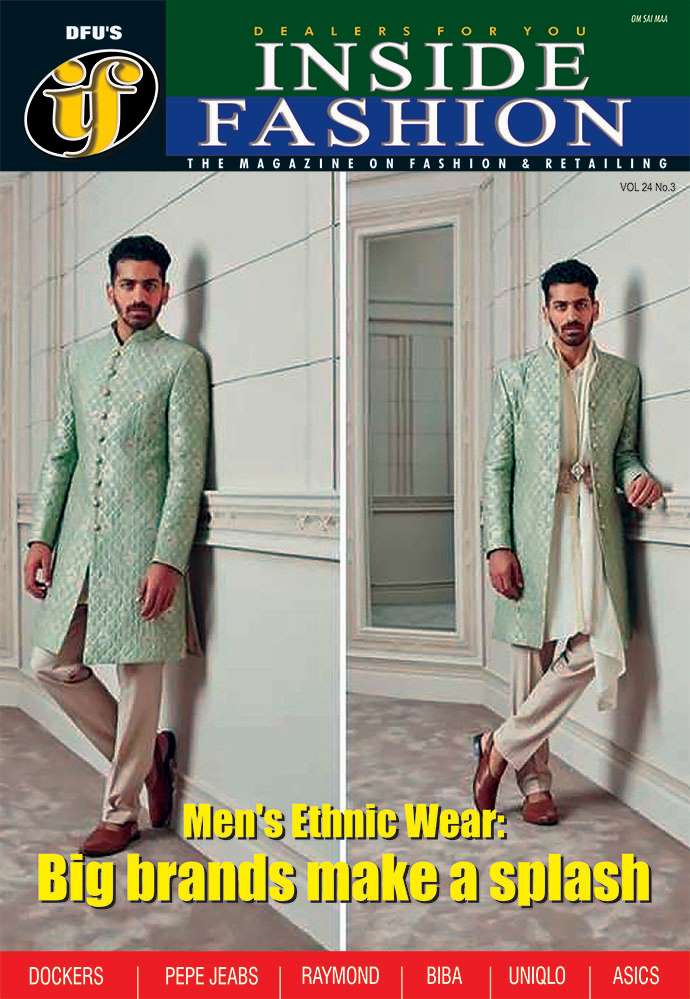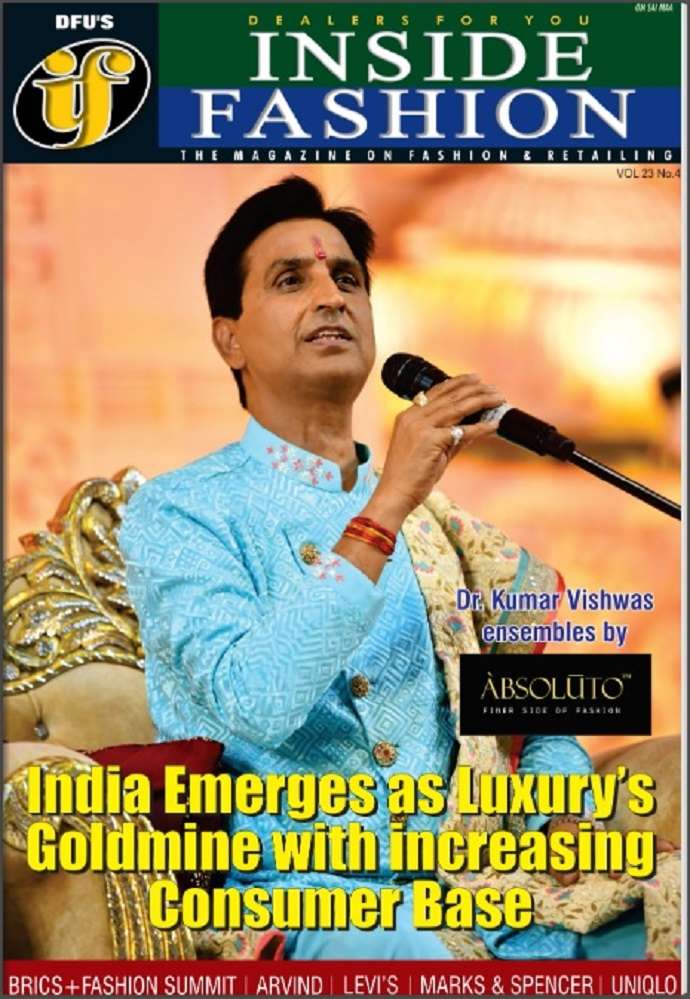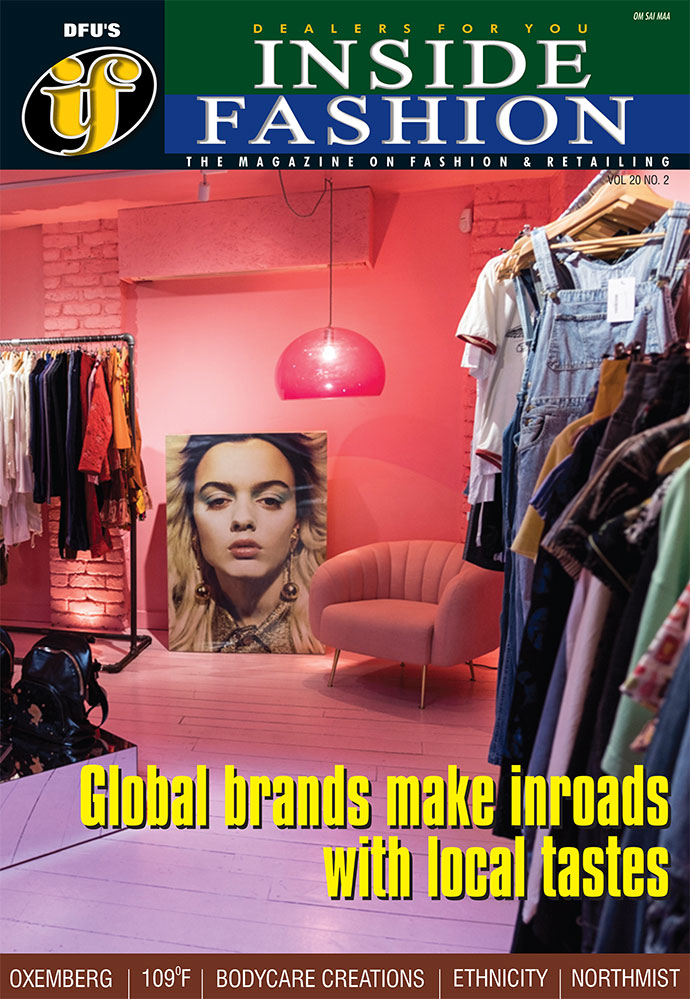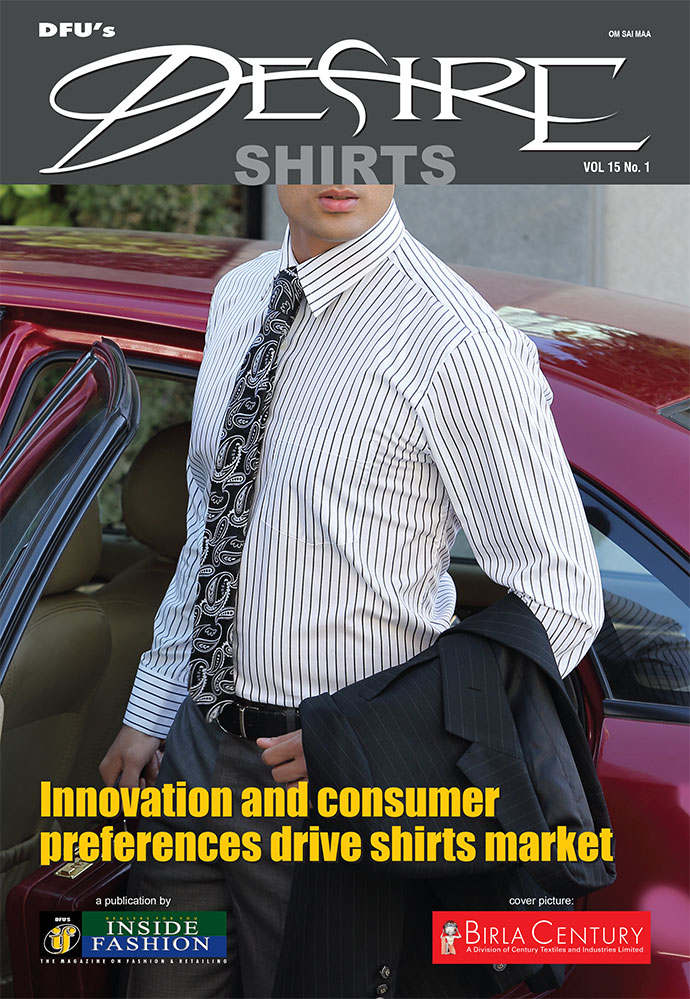Main Street Makeover: Local fashion brands capitalizing on high street demand
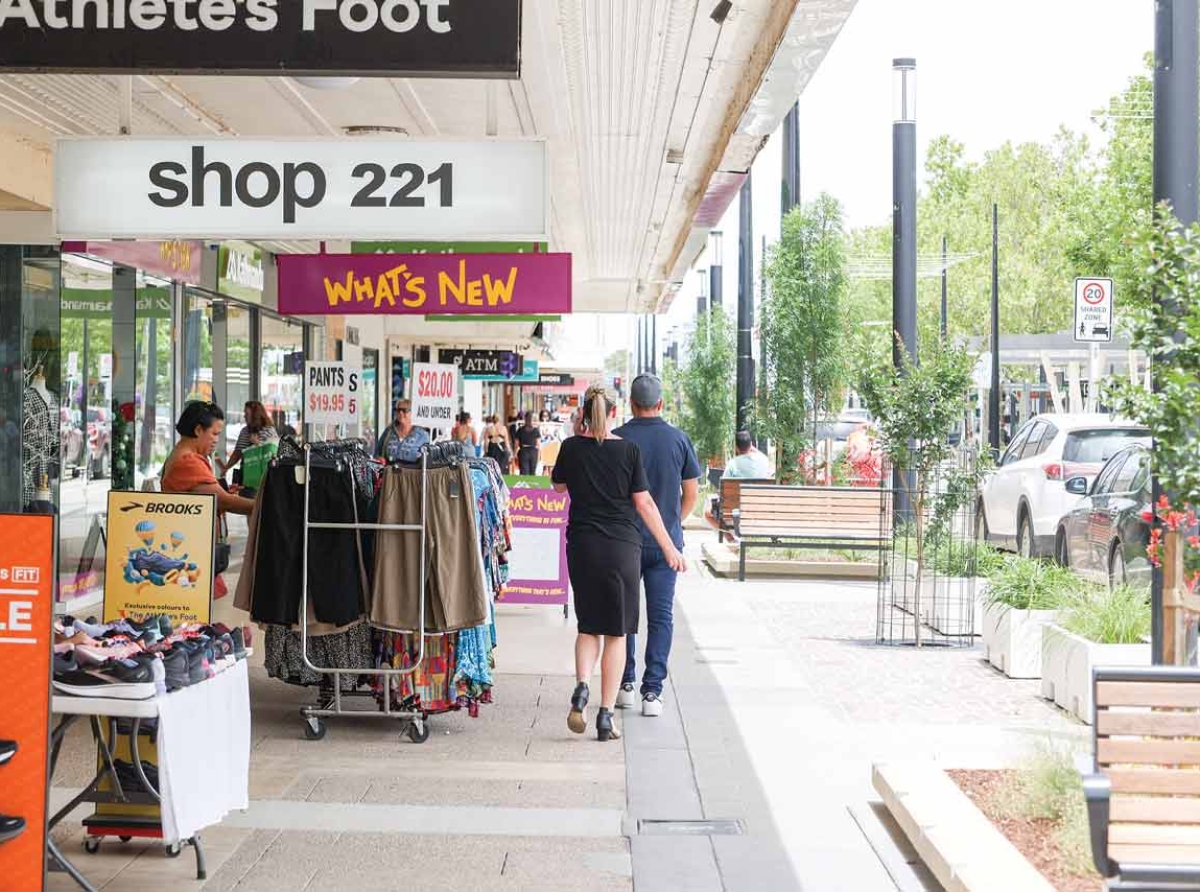
In the post-pandemic years, India’s retail ecosystem has gone through many changes. While malls and organized retail spaces continue to draw significant footfall, the real action is unfolding elsewhere — on the streets. Main street retail once seen as second-tier to glitzy shopping malls, is staging a sharp comeback.
Cushman & Wakefield’s Q1 2025 report titled ‘Main Street Makeover: How Local Fashion Brands are Capitalizing on High Street Demand’, highlights this shift. And it’s being led aggressively by domestic fashion brands that are rapidly claiming premium high street real estate. The report, covering the January to March 2025 quarter, reflects this growing trend through leasing activity, consumer behavior, and the strategic moves of local brands.
Local brands dominate the leasing game
The biggest headline from the report is clear: local fashion brands are no longer playing second fiddle — they are steering the direction of high street retail. In Q1 2025, domestic brands accounted for 65 per cent of all new main street leasing activity, dwarfing the 35 per cent share held by international players. This marks a sharp 20 per cent rise from the same quarter last year, when local brands held just 45 per cent of the share. The data underscores a fundamental change in market dynamics — Indian labels are not just holding their ground but expanding their presence with confidence and strategic clarity.
Table: Main street leasing activity (Q1 2025)
|
Category |
Percentage of leasing activity |
|
Local Fashion Brands |
65% |
|
International Brands |
35% |
India’s New Retail Hotspots
Across cities, main street locations are heating up — but not in the traditional sense. It's not the legacy retail hubs leading the charge, rather the emerging corridors that are drawing attention. Hyderabad, for instance, is seeing rapid retail growth in areas like Banjara Hills Extension and Gachibowli. Lower rental costs combined with high visibility are proving irresistible for fashion brands. For example, 'Label Aishwaryaa', known for its contemporary ethnic wear, has snapped up premium space in these areas, while 'Urban Threads Hyderabad' is riding the youth streetwear wave with a strong local presence. Rentals in these zones have risen almost 15 per cent quarter-on-quarter — a testament to the growing demand.
Mumbai is witnessing a similar story play out in its peripheral zones. Thane’s Ghodbunder Road and Navi Mumbai’s Palm Beach Road are emerging as magnet locations for retail. With rising residential density and improving infrastructure, brands like 'Mumbai Modish' and 'Kala Kriti' are thriving. Foot falls in these areas has jumped 25 per cent year-on-year, indicating a robust consumer appetite. Meanwhile, Delhi NCR’s high streets are experiencing a revival of their own. Gurugram’s Sector 29 and Noida’s Sector 18 have emerged as hotspots for brands like 'Desi Diva' and 'Street Style Delhi', who are tapping into a style-conscious, hyper-local consumer base.
Fashion segments leading the charge
The rise in local fashion isn’t confined to one style — it’s a cross-section of categories that’s pushing this growth. Ethnic wear remains a powerhouse, but it has evolved far beyond its traditional roots. Brands like 'Label Aishwaryaa' and 'Desi Diva' are reinterpreting ethnic fashion with modern silhouettes and luxury-grade fabrics, appealing to both millennials and mature shoppers.
Contemporary streetwear is also on the rise, particularly among Gen Z and college-goers. Brands such as 'Urban Threads Hyderabad' and 'Street Style Delhi' are capitalizing on this demand with fashion that’s bold, fast, and hyper-relevant. Fast fashion, as a category, continues to do well, especially with younger demographics. 'Mumbai Modish' exemplifies this with its rapid style turnover and pulse on global trends. On the more artisanal end, brands like 'Kala Kriti' are bringing traditional Indian craftsmanship to the high street, offering unique apparel rooted in heritage but designed for modern wardrobes.
Behind the scenes, what’s triggering the shift
Several factors are powering this resurgence. Top among them is affordability. Unlike malls, high street spaces often come with significantly lower rental obligations. This gives local brands the financial leeway to invest in location strategy, storefront design, and customer experience. Then there’s visibility — high street retail offers constant, natural footfall. No elevators or food courts to navigate — just an open invitation to walk in.
The Hyderabad-based ethnic wear brand 'Label Aishwaryaa' brand for example, made a calculated move to establish a store in Banjara Hills Extension. The brand tailored its store experience to the locale — chic interiors, attentive staff, and designs that straddle tradition and trend. Within one quarter sales spiked 30 per cent.
Beyond footfalls, there’s also the emotional connect. Consumers are increasingly looking to support homegrown brands that reflect local stories, local craftsmanship, and local values. This connection is hard to replicate in mass-market mall environments.
Moreover, these brands are no longer confined to brick-and-mortar. The smartest among them are executing seamless omnichannel strategies — combining physical stores with robust digital presence, social media engagement, and influencer collaborations. 'Urban Threads Hyderabad', for instance, has seen immense traction through Instagram-driven marketing and localized influencer partnerships.
The future is on the street
The return of main street retail isn’t a fleeting trend — it’s a recalibration of how Indian fashion engages with its audience. Local brands are no longer content to chase visibility within the confines of shopping malls. They are boldly claiming their space on the streets leveraging affordability, location advantages, and an emotional connect with the consumer. As footfalls rises, rental values inch upward, and consumer preferences lean into personalization and authenticity, India’s high streets are quickly becoming the new runway for fashion retail. If Q1 2025 is any indication, the main street isn’t just back — it’s leading the future of Indian retail.







